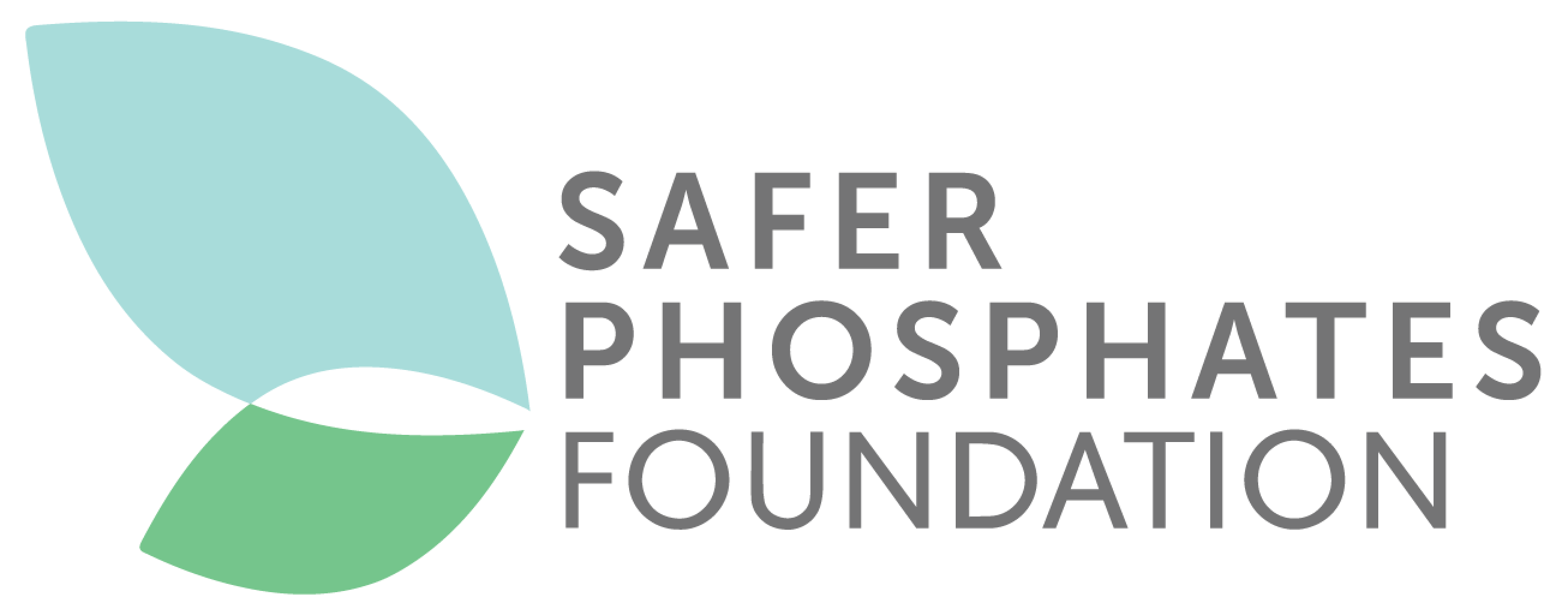On 5 June 2019, the new the European Parliament and the EU Council adopted the EU Fertilising Product Regulation 2019/1009 (FPR). The new Regulation will be fully applicable in the entire EU as of tomorrow, 16 July 2022, becoming binding in its entirety and directly applicable in all EU Member States.
As a replacement to the Regulation No 2003/2003 and in addition to current national rules, the new FPR constitutes a new framework setting harmonised rules for CE-marked fertiliser products, also known as ‘EU fertiliser products’.
)
One of the key pillars of the new FPR are provisions relating to heavy metals, including cadmium. Cadmium is present in certain phosphate fertilisers and contaminating EU arable land. The FRP provides for the reduction of the cadmium content of EU fertiliser products, mainly by introducing a harmonised cadmium limit of 60mg/kg P2O5. EU inorganic fertilisers with a cadmium content above this limit will therefore be banned from 16 July 2022.
In addition, fertilisers with cadmium content below 20 Mg/kg, are eligible for a dedicated ‘green label’ aimed at improving supply chain communication and allowing EU farmers take informed purchasing decisions.
Although encouraging, this harmonised cadmium limit is still far from satisfactory as the threshold is very low. ANSES, the French National Agency for Food Safety, released the following recommendation in a recent report: "if inorganic phosphate fertilisers are used, ANSES recommends that the cadmium concentration in the product should be less than 20 mg/kg P2O5".
It is certainly in recognition of the inadequacy of the 60 mg threshold that the Regulation allows Member States to adopt or maintain more restrictive national provisions setting lower cadmium content limits for phosphate fertilisers. Since the adoption of the FPR, several EU Member States have already made use of this derogation, such as Slovakia, Hungary, Denmark, Sweden and Finland.
Safer Phosphates strongly encourages those Member States that have not yet adopted stricter limits to do so, as the 60 mg threshold is so far insufficient to effectively protect human health and the environment.
Finally, the new EU Fertilising Products Regulation also enables manufacturers of EU fertiliser products with a cadmium content of less than 20 mg/kg P2O5 to use a “green label”, enabling consumers to make more informed choices.
For further information on the subject, watch Safer Phosphates webinars: “How to achieve healthy soils for sustainable agriculture in the EU?” and “Cadmium in fertilizers: What impact does it have on food and health in France? A future ambitious governmental decree in line with ANSES recommendations?”

